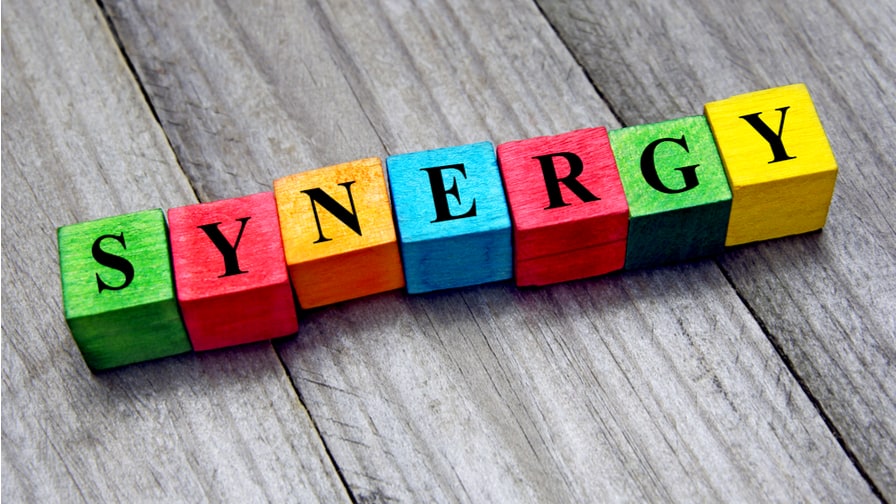The options for advertisers in digital marketing are getting narrower every year…
Okay, so that comment needs some context. I’m talking about the effect acquisitions and consolidations have had on the digital industry, particularly among agencies and technology providers.
Running a digital consultancy over the last few months has meant a somewhat eye-opening introduction to the effect consolidations have on the choices available to us and our clients. Impartiality is the cornerstone of any consultancy business, but that impartiality is challenging to maintain when the options to power digital marketing are pretty limited.
I looked up 100 advertisers at random and 82% of them used a Google or Adobe products for one of either tag management or site analytics. Through a cluster of strategic acquisitions that date back to Google acquiring Urchin in 2007 and now to Adobe on-boarding Satellite – and even to some extent Ensighten and TagMan – choice in this market has been significantly reduced by acquisition and consolidation despite the presence of some really good independent companies. Mergers and brand consolidations in the digital agency world sometimes feel as though they are brokered on Tinder, such is their speed and fleeting level of co-operation.
The WPP and GroupM stables are notorious for a labyrinth of inter-connected agency brands. Recently MEC and Maxus combined to form Wavemaker in a new strategy of brand simplification, while I count 18 WPP agency brands in the UK that offer paid performance campaigns. The head of an independent agency recently asked me what I thought that must be like for a client in a pitch situation; to have one WPP agency wrap up, and then another come in five minutes later with a new set of ideas potentially even a different price is definitely a case of Peter being robbed to pay Paul.
WPP’s share price fell 13% last year and they have forecasted no growth in 2018. Their solution, according to Sir Martin Sorrell, will be brand consolidation, but to what end? After all, it was a raft of acquisitions and an attempt to run these acquisitions as separate entities that has created such a serious identity crisis. Brands have grown confused by the sheer volume of agency acquisitions, and far from squeezing out independent agencies, this is actually fuelling growth for the independents because they can offer a refreshing specialised alternative to the behemoths in what is now an overly-consolidated market.
I consider ‘synergy’ to be a very dirty word; when one company merges or consolidates with another, this word is normally trotted out as a ubiquitous strategic objective. While a common phrase might be ‘we are aligning brands to deliver cross-company synergy’, if Google Translate had a language option for M&A it would deal with the use of synergy thus: ‘we have removed a competitor from the market while at the same time increasing profits, gaining clients and cutting costs’.
Acquisitions and consolidations in the digital industry must lead to better output. The new entity must be better than the sum of its parts. Otherwise, the downsides that our consultancy has experienced, like reduced choice and lower commercial leverage, are not offset by any upside. Large digital companies that acquire smaller independents too often subsume them, without making it a priority to use what they’ve acquired to deliver something better or smarter for their customers.
In 2010, when Affiliate Window acquired a close competitor network called Buy.at, a remarkably similar company with a strong reputation in its own right, I remember feeling an added sense of responsibility because the combined venture now owned more of the affiliate channel – more sales, more brand contracts and more publisher relationships. I also believed acutely in the need for the acquisition to deliver something better to both Affiliate Window and Buy.at’s customers than it had before. The extent to which this was achieved I wrestle with to this day.
And perhaps that’s the key the affiliate channel needs to remember to avoid a repeat of agency-world. Recent affiliate industry acquisitions have degraded the choice available to the industry’s key participants – it will allow a smaller number of companies to wield greater influence over the publisher community. If the upside isn’t obvious to the customer, you are left with the feeling that this consolidation was nothing more than muscle-flexing for a bit of growth dressed up as synergy.
History has numerous examples of wonderfully-executed mergers that had huge customer benefit; Facebook and Instagram; Google and Android; eBay and PayPal; all with seriously positive consumer ramifications. When Facebook acquired Instagram it had 30 million users but no revenue, fast forward six years and it’s arguably been responsible for launching an entirely new discipline of digital marketing – influencer.
Disney’s $7.4 billion deal for Pixar is perhaps one of my personal favourites; anyone that cried at Up or Finding Dory like I did can’t tell me there wasn’t a seriously telling end product from this merger.
I never thought I’d say this, but let’s be more like Disney; consolidate to create value, not to inhibit options.

